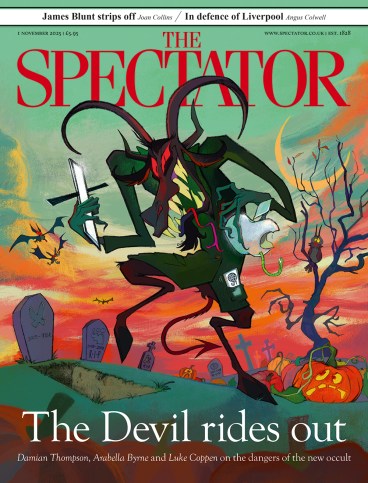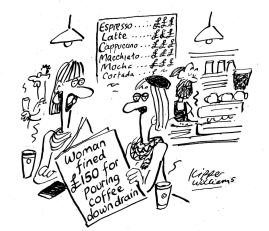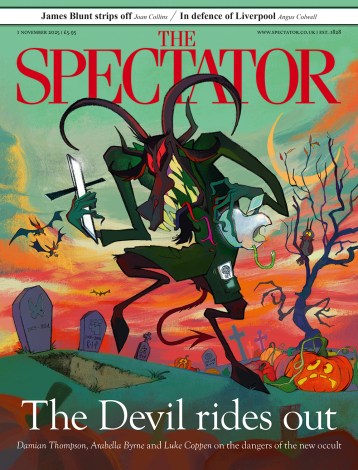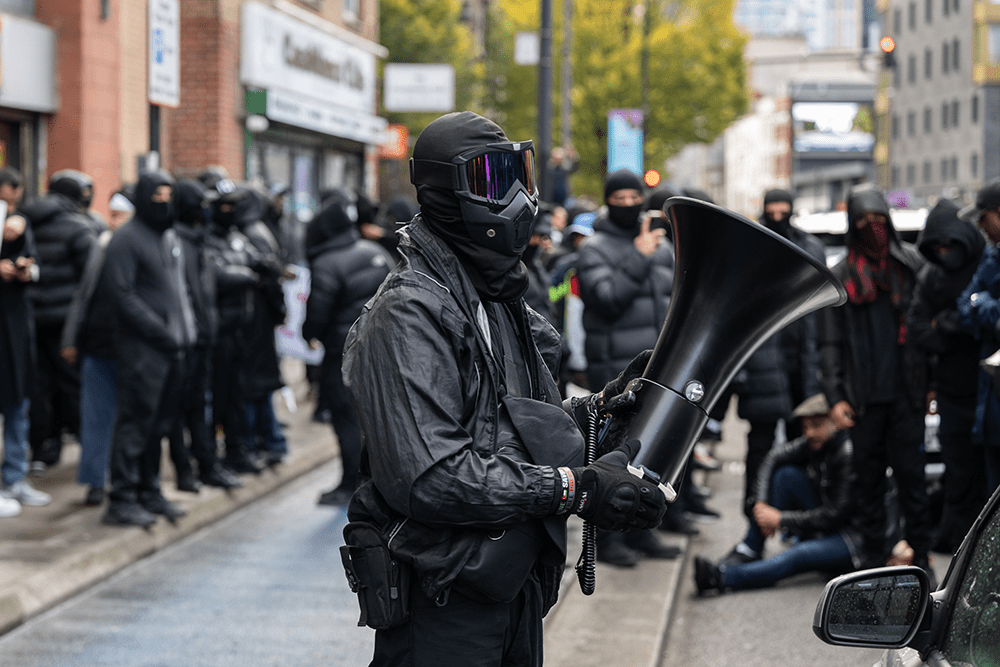
Britain is beset by a bogeyman. A giant, mystical beast that the public are forever being threatened with. Remember last year when a young Welsh choirboy stabbed three young girls to death at a Taylor Swift-themed dance party in Southport? Long before we were allowed to know the name of the culprit – Axel Rudakubana – we were warned about a much greater menace: a rallying by the ‘far right’. After impromptu protests and some rioting broke out in various cities, we were promised on an hourly basis that the ‘far right’ was mobilising.
Soon there were crowds of Muslim men organising to counter any such threat. Nick Lowles, of the wrongly named ‘anti-racist’ group Hope Not Hate, helped to whip things up by wrongly claiming that a Muslim woman in Middlesbrough had had acid thrown in her face. Even though the report was untrue, the Muslim men who were already starting to tool up clearly saw danger. Soon a ‘list’ was being talked about. A list which ‘anti-fascist’ groups insisted was a set of places across the country where the ‘far right’ was going to march on a particular day. Because of course the ‘far right’ is always ‘on the march’, whereas the far left and Islamists are only ever reacting to this alleged march.
The list – like the acid attack – turned out to be a complete fabrication. Nonetheless, when the big day came, large numbers of people were on the streets waving their ‘Refugees welcome’ banners and other paraphernalia. Most of the media bought into the false narrative, and so after the ‘far-right’ marches that didn’t occur there were many headlines like ‘Britain unites against hate’. They might as well have said ‘Britain unites against the tooth fairy’.
I have observed for some years now that to the extent that the UK does have a far-right problem, it is, happily, a problem of supply and demand. For while there is a huge demand for ‘literal Nazis’ and fascists, there is only ever a tiny supply of them. Certainly no movement large enough to march down the main street in a single city.
Fast-forward another year and the country has still learned nothing. Last Saturday there was talk of an anti-mass-migration rally in London. Ukip (which apparently still exists as a separate party) planned to hold a demonstration in Tower Hamlets. The Met Police blocked the protest on the basis that there would be a ‘realistic prospect of serious disorder’. Tower Hamlets is one of those areas I mentioned last week that used to be called ‘diverse’ but parts of it are pretty homogenous these days. Just homogenous in a different way.
The country is whipped up into a frenzy about a phantom ‘far right’ on the march
Whatever the rights and wrongs of the police’s decision, it is accepted in the UK that you cannot have a protest against mass migration in a predominantly Muslim area. Presumably because, although Islam is well known to be a religion of peace, there could be some of its adherents who might break every tenet of their faith and its founder’s teachings, and accidentally slip into heresy for a moment to commit acts of violence.

Despite the fact that the Ukip protest was banned, counter-protestors naturally turned up in huge numbers. The Guardian and other left-wing media excitedly talked about – you guessed it – the Battle of Cable Street. ‘History is repeating itself,’ the paper trilled. ‘Eighty-nine years after residents drove Oswald Mosley’s Blackshirts from Tower Hamlets, anti-far right coalition is still vital in borough.’
An observant person might notice that there are several problems with this comparison. Not the least of which is that today there are no Blackshirts. Or are there? Two groups of people gathered to protest against the nonexistent Mosleyites. The first were the usual rag-tag of bearded leftists with ‘Smash the far right’ banners. The second – very much larger in a number – were hundreds of burly Muslim men parading in black with their faces covered. So to the extent that the Blackshirts did return 89 years on, it would seem that this time they came back as Muslims.
The two sets of protestors were not hard to tell apart. In fact they kept themselves separate. The white leftie anti-racists stood meekly to one side with their banners as the black-clad Muslim men marched past in threatening formation. And while Oswald Mosley’s Blackshirts at least tended to show their faces, these modern ones remained firmly masked.
At one point a scene was caught on camera which 89 years from now might well be remembered in its own way. Perhaps one of the Muslim Blackshirts jostled or said something to one of the leftists, but in any case the following exchange was captured on camera. Left-wing anti-racist: ‘There’s no need for that – we’re on the same side, bruv.’ Masked marcher: ‘No we’re not.’And that is about as neat a formation as I can think of to depict where Britain is these days.
The country is whipped up into a frenzy about a phantom ‘far right’ on the march. As a result, the coalition of leftists and Muslims gather to show that it has no place here. The leftists start to notice that the Muslim marchers aren’t all pacifist types, but hey ho, you find your coalitions where you can. And then at some stage it becomes brutally clear what the real hierarchy is.
Will the leftist ‘anti-fascists’ learn anything from this? I would predict not. Will our wider society? I wouldn’t bet on that either. Since the weekend’s protests in east London I have scoured the media to find any politician objecting to the Blackshirts marching in Tower Hamlets again. I guess they are too busy warning about the phantom bogeyman to recognise the highly unsatisfactory state of affairs that is right in front of them.








Comments